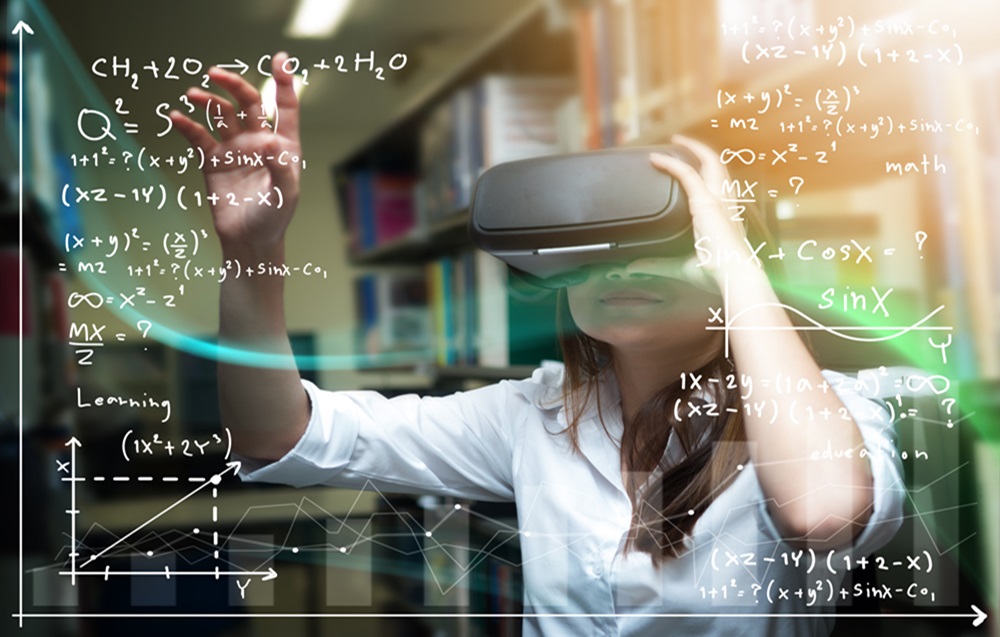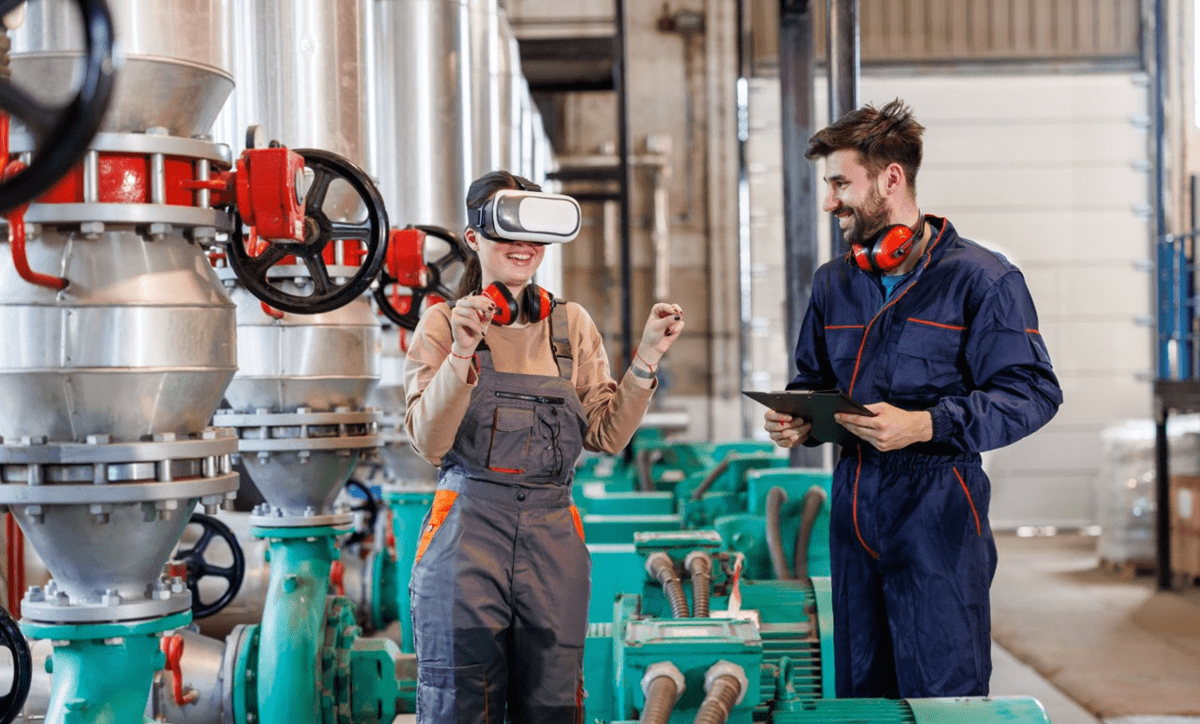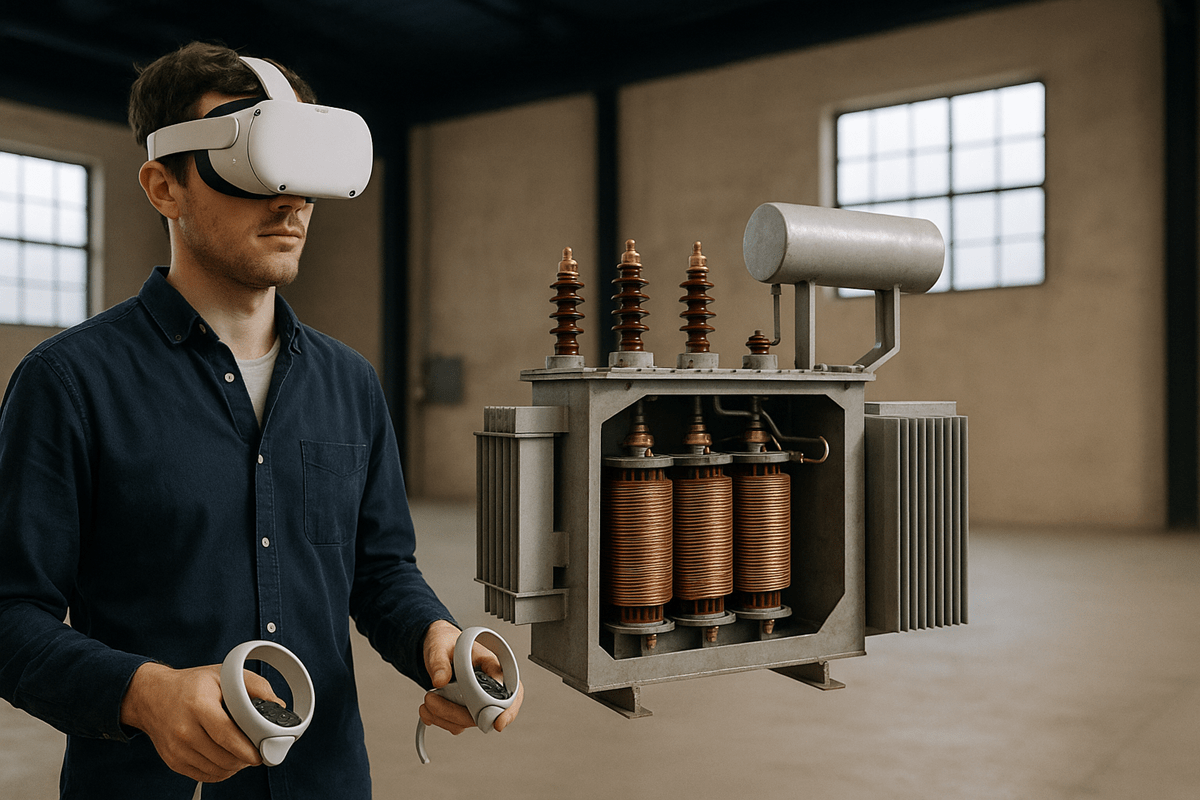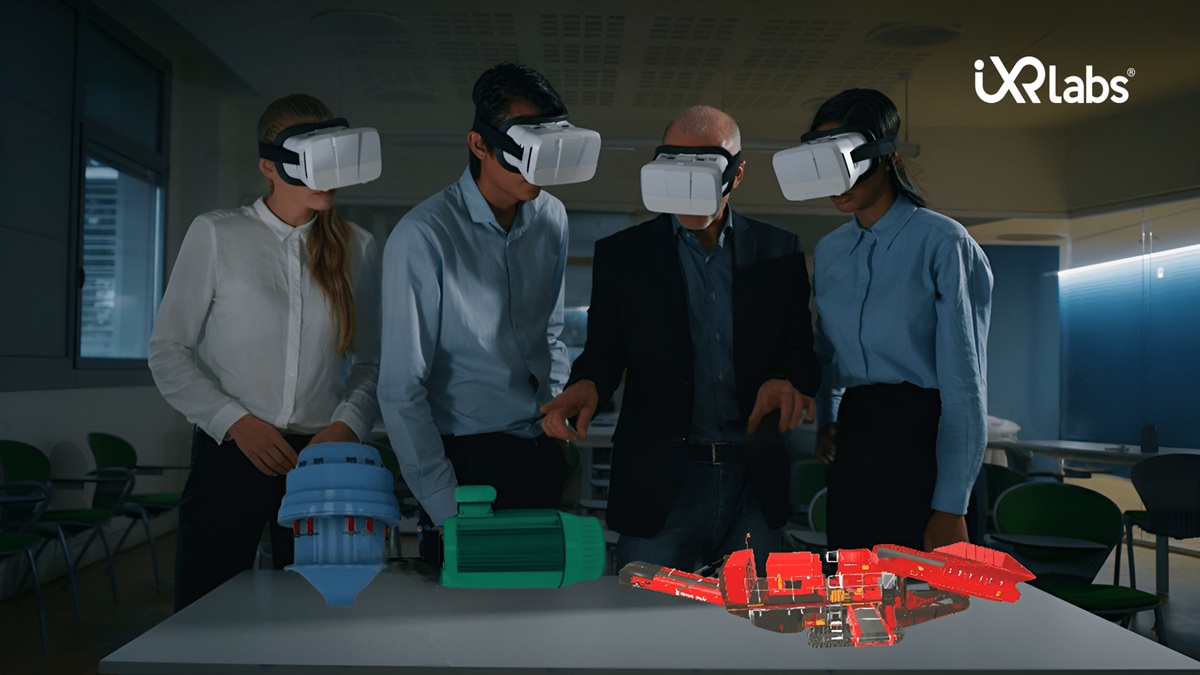Top Use Cases of Oculus for Education in STEM and Beyond

A Harvard research revealed that the typical attention span of a student in traditional classroom settings is just 15 minutes! Sad and alarming at the same time, right?
In the fast-changing educational scene, traditional teaching methods can hardly attract students’ attention as much as they should in STEM fields. And then there’s Oculus for Education, a new tool that allows immersive virtual reality (VR) experiences to be used in the classroom.
The technology not only attracts students but also helps them to understand complex concepts by means of interactive simulations. Modern learning tools can change the dynamics of the classroom and deepen learning for educators.
Oculus For Education- A Necessity?
Oculus for Education has several apps to meet different learning styles and needs. Virtual environments allow educators to ‘bridge that gap’ where students gain and apply theoretical knowledge.
☑️ Science Immersive Simulations
The most compelling use case of Oculus to transform science education is its ability to create an immersive simulation for scientific exploration. For example, applications such as 'The Body VR' allow students to familiarize themselves with the human body by literally penetrating its anatomical structures in 3D.
The hands-on approach keeps a deeper understanding of biological processes than traditional textbooks.
Experiential learning research demonstrates that students remember 75 percent of what they learn experientially, compared to 5 percent of what they learn from lectures alone. This matches the Education 4.0 principles where active participation and engagement are dominant.
☑️ Engineering Students Virtual Labs
Virtual reality in the classroom is increasingly being used by engineering colleges to let students perform experiments in virtual labs without worrying about physical resources.
For example: University College London has achieved virtual labs that replicated their physical counterparts so that students can safely perform complex experiments.
AR technology is used by students at the University of Rochester to simulate chemical reactions in a virtual space to improve their comprehension of laboratory procedures without the inherent risk.
☑️ Collaborative Learning Environments.
Oculus enables students to collaborate in a virtual space while being apart. Engage also exposes students from different backgrounds to each other and to project work, teaching students teamwork and communication skills highly valued by employers, thus reinforcing the power of virtual reality.
Collaborative VR experiences in a study show that students can be 50% more engaged which demonstrates how social interaction can be used to drive learning.
☑️ Complex Concepts in Difficult Subjects
Students sometimes find subjects like mathematics abstract and difficult to understand. Learners can visualize complex mathematical concepts in interactive simulations created through Oculus applications.
With the current boom in simulated labs, students could move geometric shapes around in a 3D space, or explore fractals which would enable them to make those abstract ideas into something more tangible.
The Challenges of Integrating VR
Are there any challenges to acquiring Oculus VR headsets by institutes? Are there solutions to that?
☑️ Cost of Equipment and its Maintenance
Challenge: The cost to purchase Oculus VR headsets initially, and to maintain, update software, and train, can be significant. This technology may be difficult for many educational institutions, particularly those on a tight budget, to allocate money for virtual reality in education.
Solution: Technology-driven companies can engage in creating sponsorship or grants with Institutions that are aimed towards improving educational technology.
One big example of this kind of funding is Meta (formerly Facebook). The company has been a significant player in supporting educational institutions through donations of VR headsets. In a recent initiative, Meta donated 300 Quest 2 headsets to 15 U.S. universities that utilize VR as an educational tool.
 Get the App from Meta Store: Download Now
Get the App from Meta Store: Download Now
Furthermore, schools could enter the purchasing of headsets on a phased basis, purchasing a small quantity initially to infiltrate specific programs and demonstrate effectiveness before scaling up.
☑️ Training and Familiarization
Challenge: VR education requires a lot of training for the teachers and staff to incorporate them into their curricula. However because VR is new, the benefits may not be fully realized unless educators are properly trained, otherwise there will be frustration.
Solution: VR integration should be part of comprehensive professional development programs that institutions set up.
An example of innovations in STEM education is workshops led by VR educators, and ongoing tech specialist support to teachers to make sure they feel confident and capable of using the tech.
☑️ Accessibility and Inclusivity
Challenge: VR headsets may be too restrictive for not all the students, they may face motion sickness or are visually impaired. This can lead to differences in what students learn.
Solution: To adopt a mixed reality, VR headsets should be complemented with alternative immersive experiences, like immersive classrooms that are not headset-based.
This removes the barrier to the participation of any student in any engaging learning task regardless of limitations or natural differences
Conclusion
Oculus for Education’s integration into STEM curricula is no trend, it’s a revolutionary step toward building more engaging and effective learning environments. With VR technology there to harness it can help the educators give students a greater feeling of understanding of complex concepts as well as help them develop skills in collaboration and creativity.
So when we look forward and think about what the future of education is going to look like, there’s no question that integrating innovative tools like Oculus is absolutely crucial as we work to equip our students with all of the tools and skills needed to thrive in a digital space.




.png)
.png)